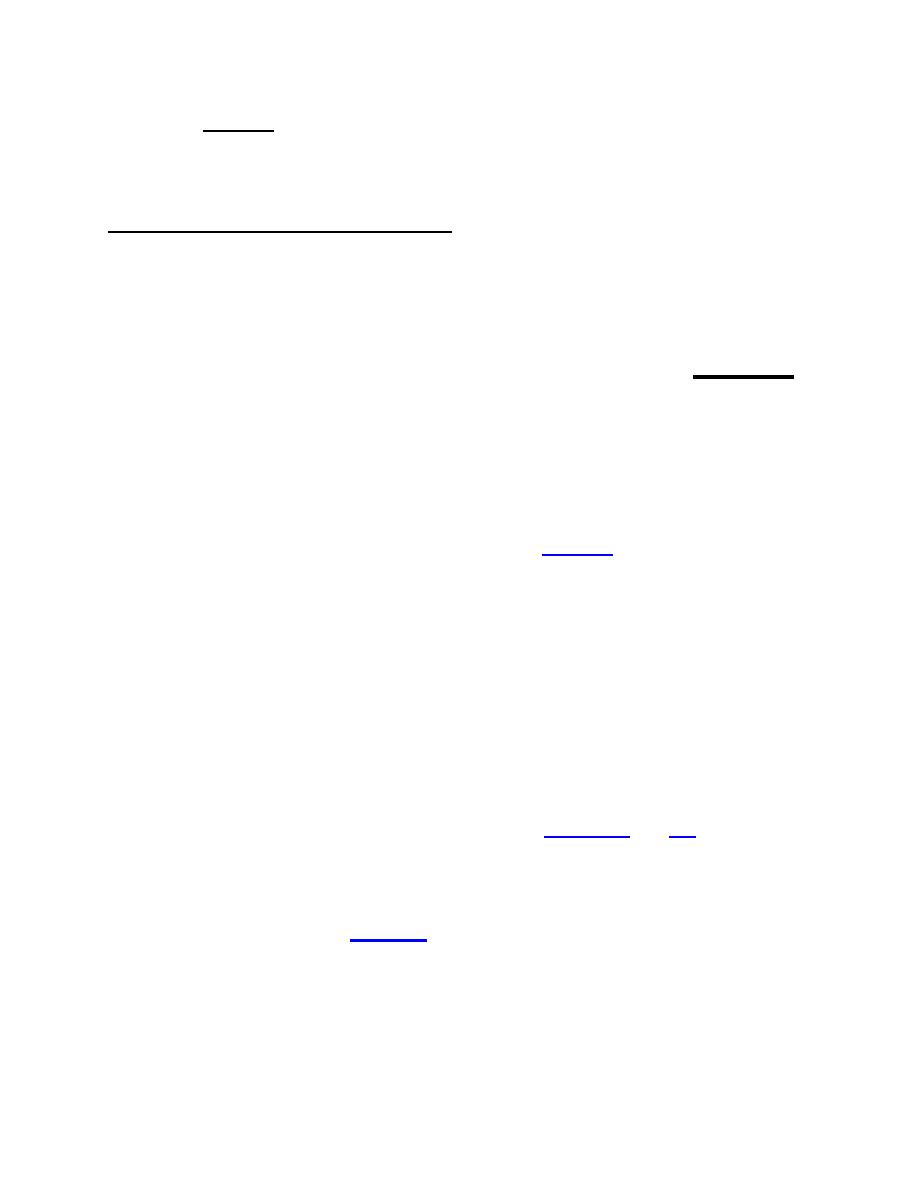
EP 1110-1-8
(Vol. 9)
31 July 03
Example: Assume that table 2-1 includes a crane (category C80,
subcategory 0.02) manufactured in 2000 and has a total hourly rate of per hour and
an ownership rate of per hour. If an equivalent crane owned by a contractor was
manufactured in 1994, the total hourly rate is determined as follows:
Table 2-1 Rate and Adjustment Calculation:
Total hourly rate
= .00/hr
Ownership rate 2000 (DEPR + FCCM)
= -(.00)/hr
Ownership rate 1994 adjusted for age
(Ownership rate = ) x (0.89 the age adjustment
factor from table 3-1, for category C80,
subcategory 0.02, and for the year 1994.)
= +.70/hr
Total hourly rate for equipment manufactured in 1994
= .70/hr
b. When the unit of equipment is older than the age of equipment listed in
table 2-1 (purchased new in 2000) and exceeds the years of economic life, adjust the
hourly rate as shown in the example for overage equipment in paragraph 3-12.a.
c. When the unit of equipment is newer than the equipment listed in table 2-1
(purchased new in 2000), use the adjustment factor in table 3-1 for the year of
manufacture. If the equipment is newer than the most recent year shown in table 3-1,
use the adjustment factor in the column of the most recent year. Once the adjustment
factor is determined from table 3-1, complete the adjustment calculation as shown in the
example above. The step-by-step calculation method shown in figure 2-1 may also be
used.
3.12
Rate Adjustment for Overage Equipment
If the contractor's equipment exceeds the economic life in hours (from
appendix D), it is considered overage, and the rates shall be adjusted.
a. The total hourly operating rate for overage equipment (no matter how old)
shall be computed on the basis that the equipment is as old as possible "without"
exceeding the hours of LIFE as shown in appendix D. Tables 3-1 and 3-2 show factors
for the economic life for equipment based on the current pamphlet year (e.g.
manufactured in 2000). Select a comparable unit of equipment (horsepower, value,
capacity, and size) shown in table 2-1, the total hourly rate can be computed as shown
in the following example. If there is no comparable unit of equipment in table 2-1, follow
the methodology presented in figure 3-1.
b. The ownership portion of the rate shall be adjusted for equipment that is
overage. This adjusted rate is not to exceed the rate for the same unit of equipment
that is not overage.
3-5


 Previous Page
Previous Page
